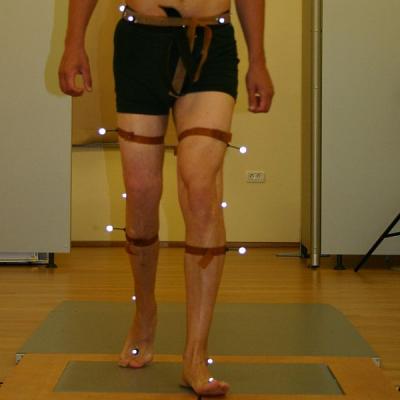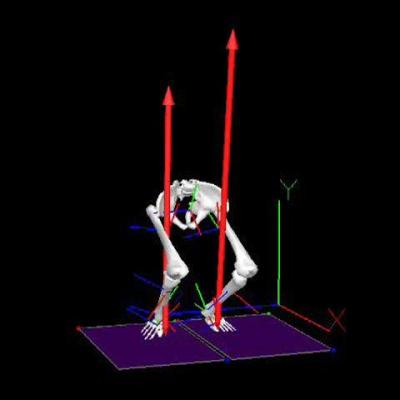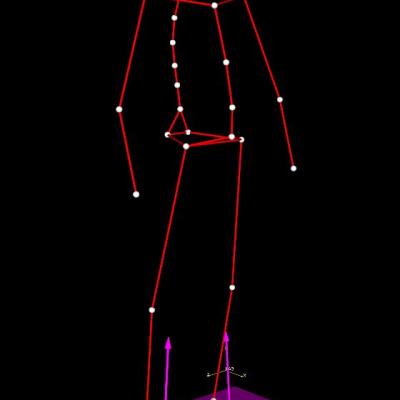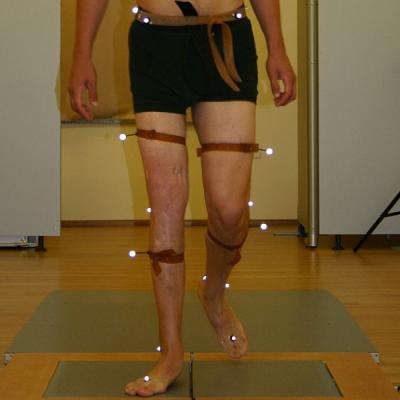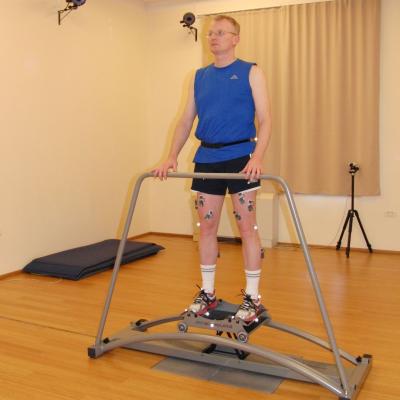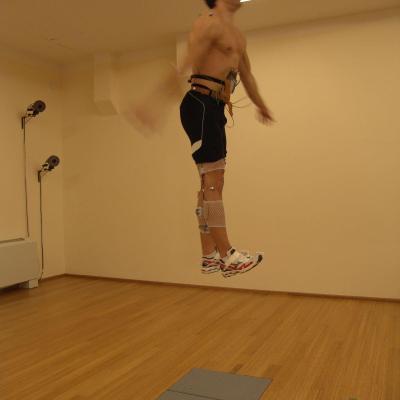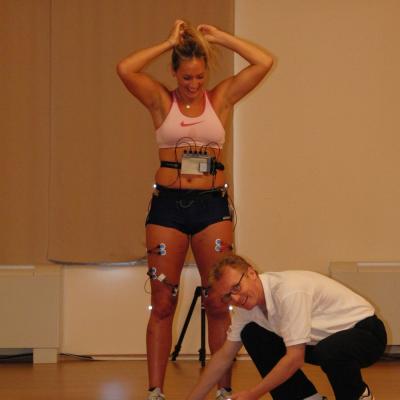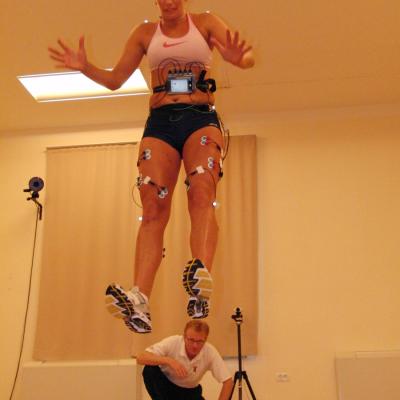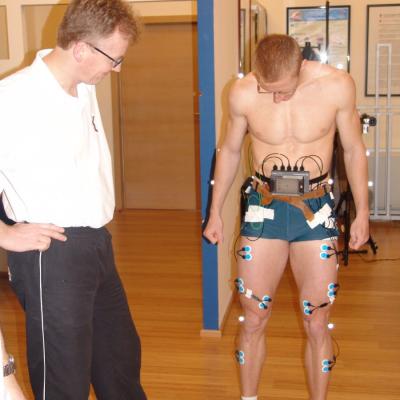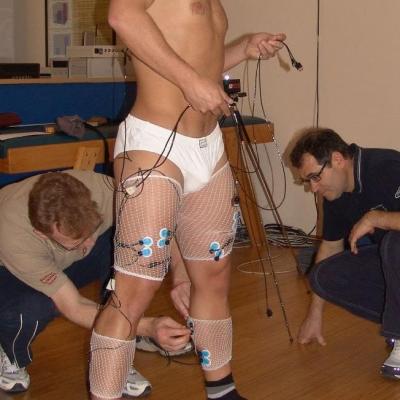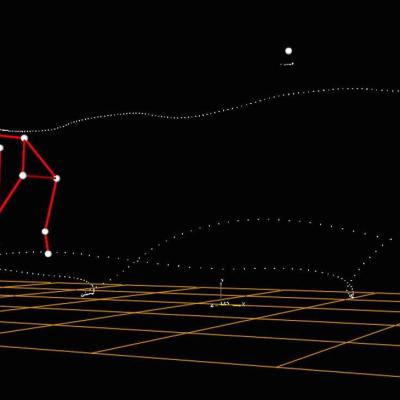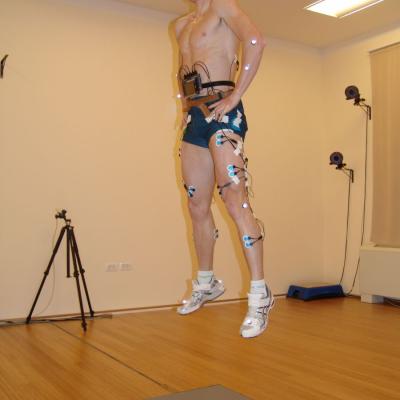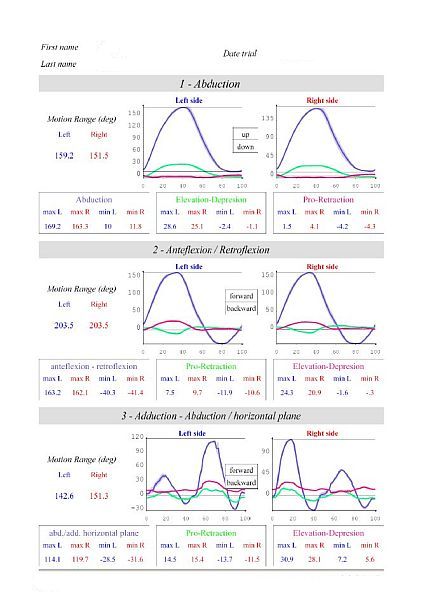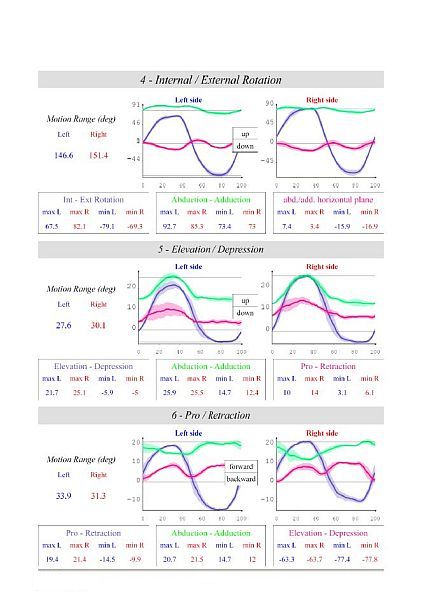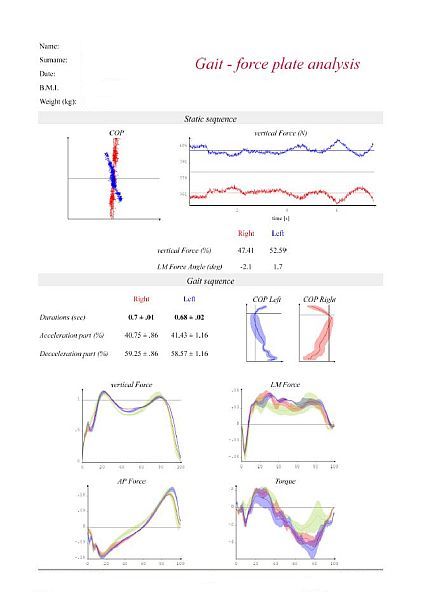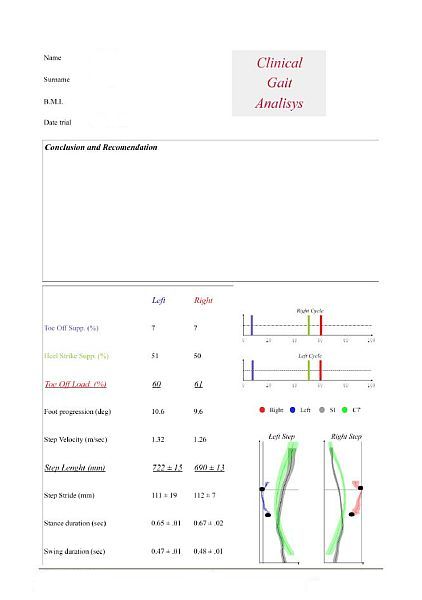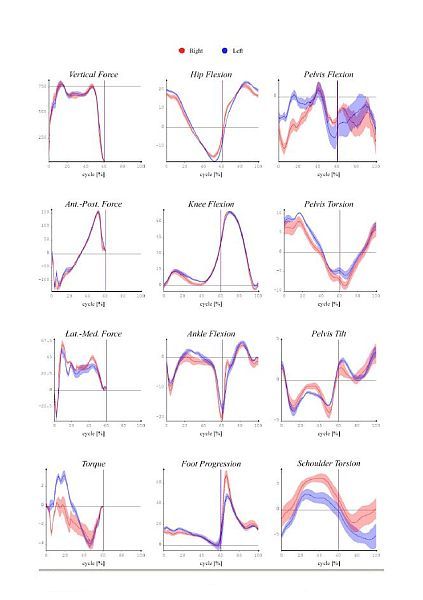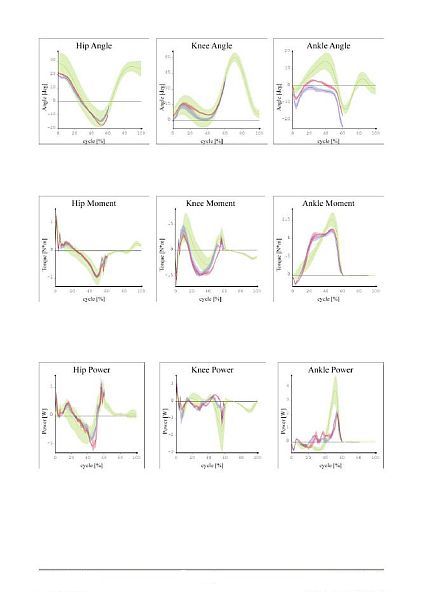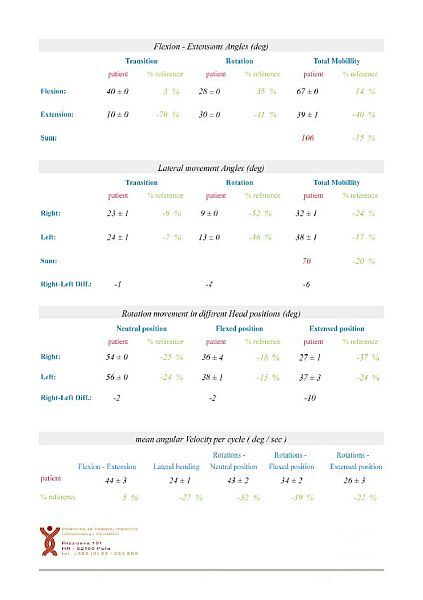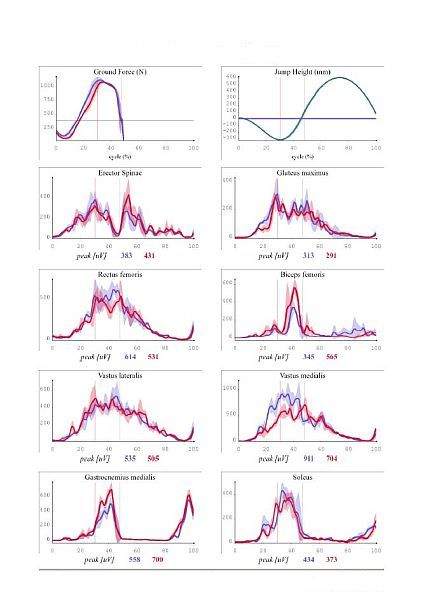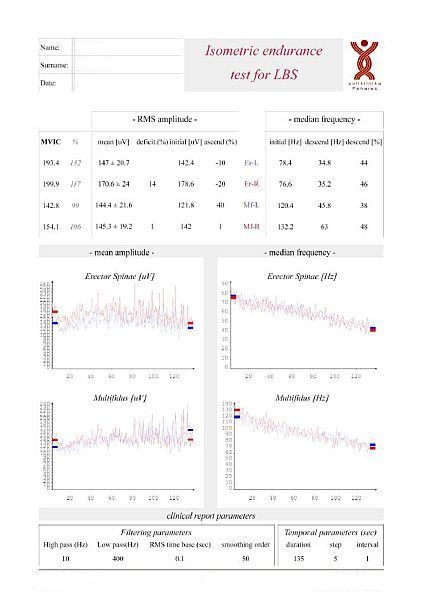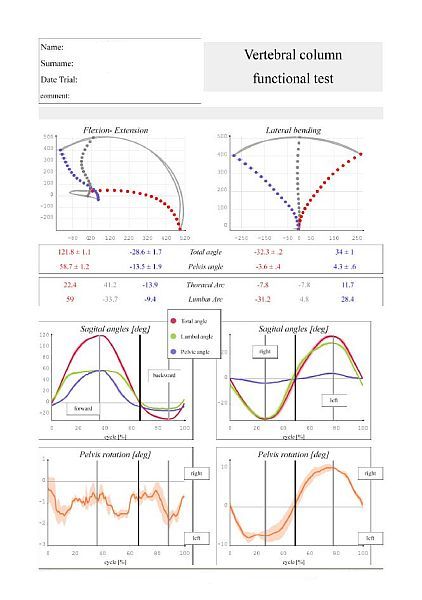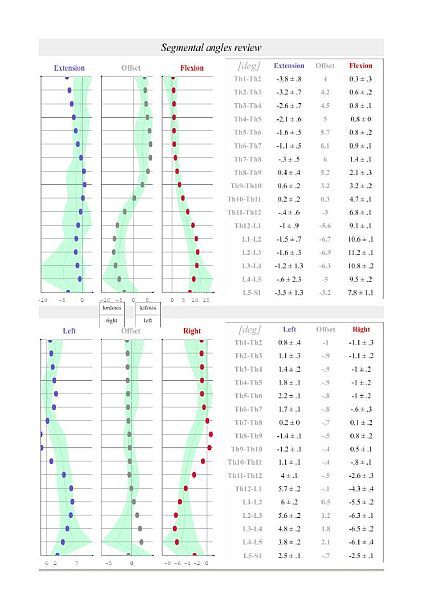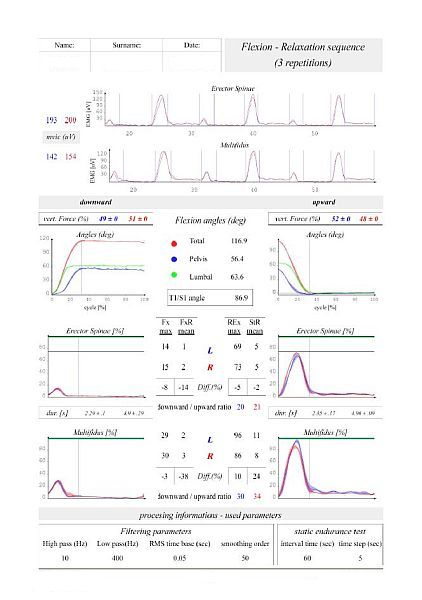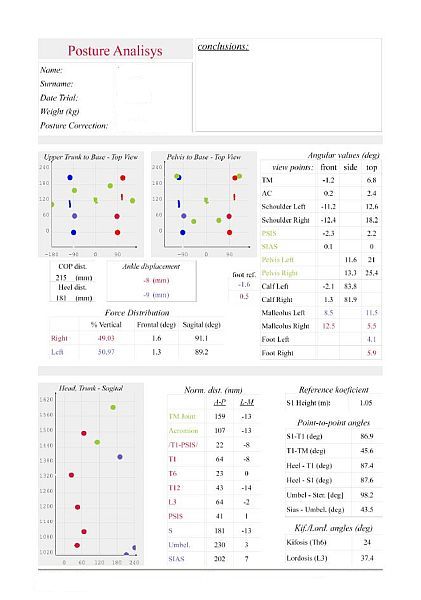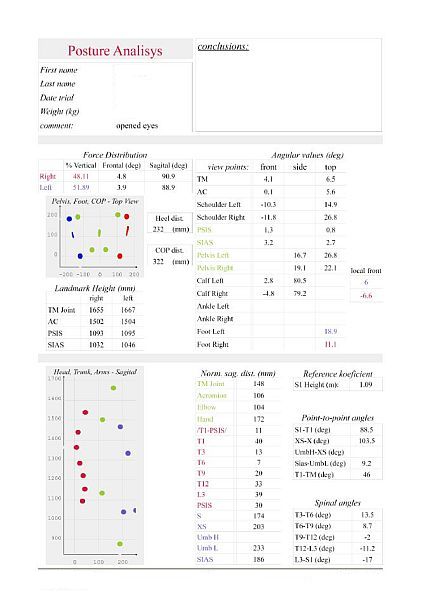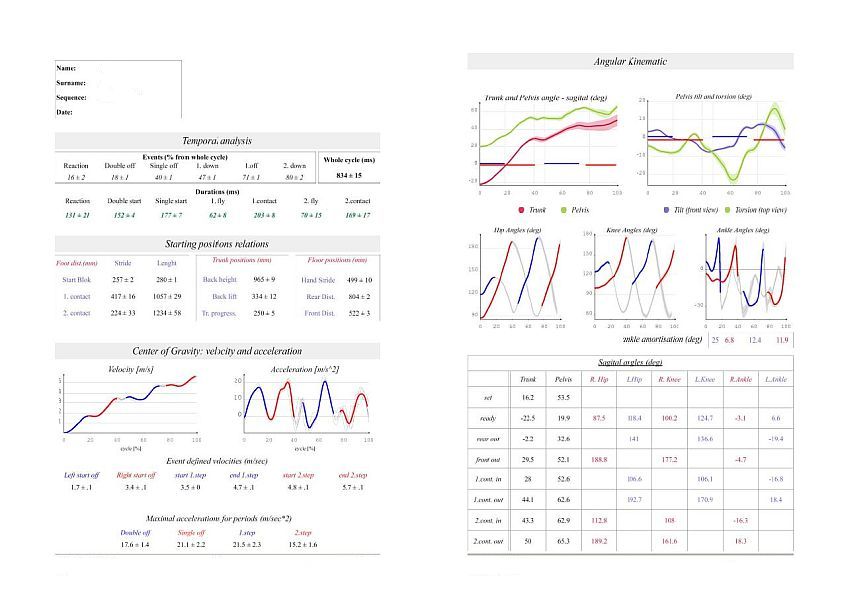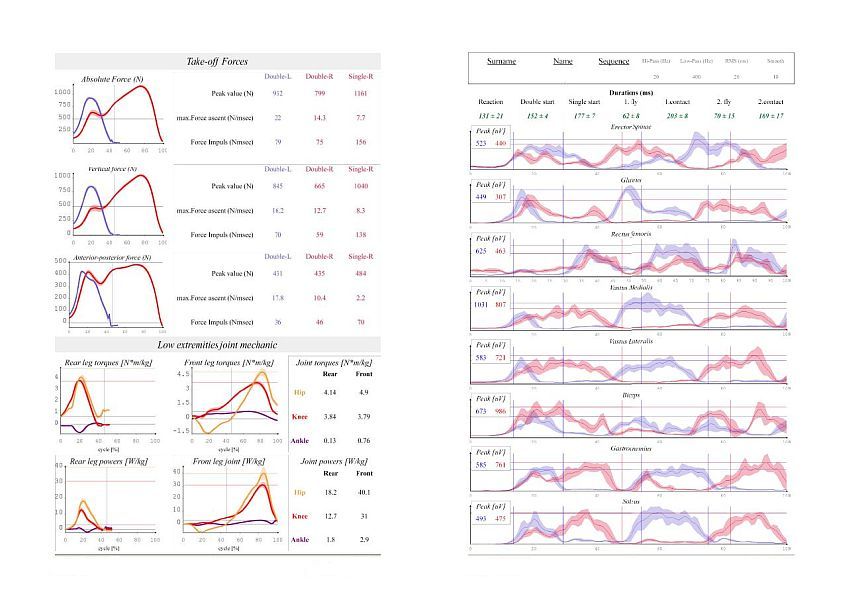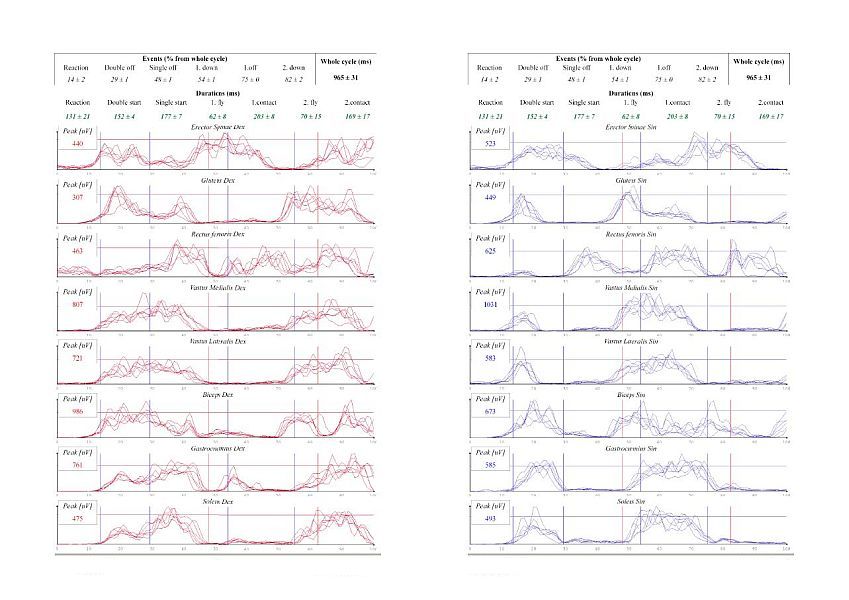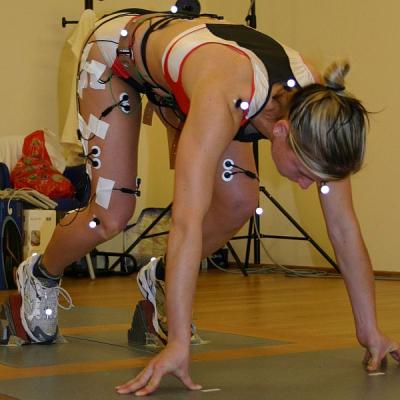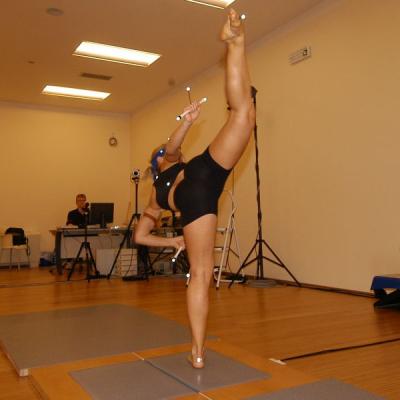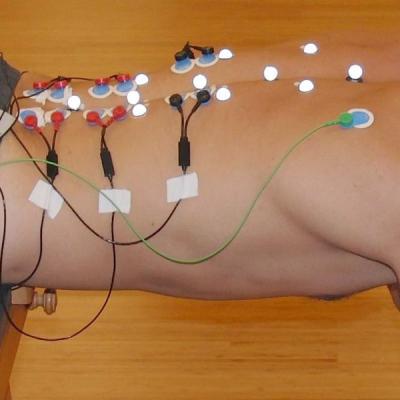
Functional biomechanics
- an engineering approach to analytics -
(listen to the entire article)
This presentation provides an overview of more than 12 years of dedicated research aimed at facilitating the tracking of characteristics and disorders within the locomotor system.
Petar Bačić

In essence, functional biomechanical analysis furnishes valuable insights into the functional capabilities of the human body, encompassing factors such as:
- Range of Motion
- Muscle Strength
- Force Production
- Neuromuscular Control and/or Fatigue, among others.
This contrasts with diagnostic modalities primarily focused on structural aspects, including:
- Magnetic Resonance Imaging
- Computer Tomography
- X-ray (Roentgen)
- Ultrasound
Any inquiry into human movement invariably revolves around specific research objectives. The origins of biomechanical analysis, as practiced today, find their roots in the analysis of gait, representing a fundamental cyclic human movement. The emphasis on the cyclical nature of motion is underscored by its repeatability over defined time intervals and its amenability to standardization among targeted groups of participants. This approach yields dependable and replicable data, suitable for both qualitative and quantitative motion analysis.
Identification of Pain Conditions
Analytical Procedures
Illustrative Case Studies
Below, we present several illustrative case studies as exemplars of our final reports. It is worth noting that all of these examples, including accompanying images and graphics, have not undergone official clinical approval procedures and thus hold educational value exclusively, serving both as a resource for readers and for the benefit of patients.
SAMPLE OF THE FINAL REPORT
Read more ...



